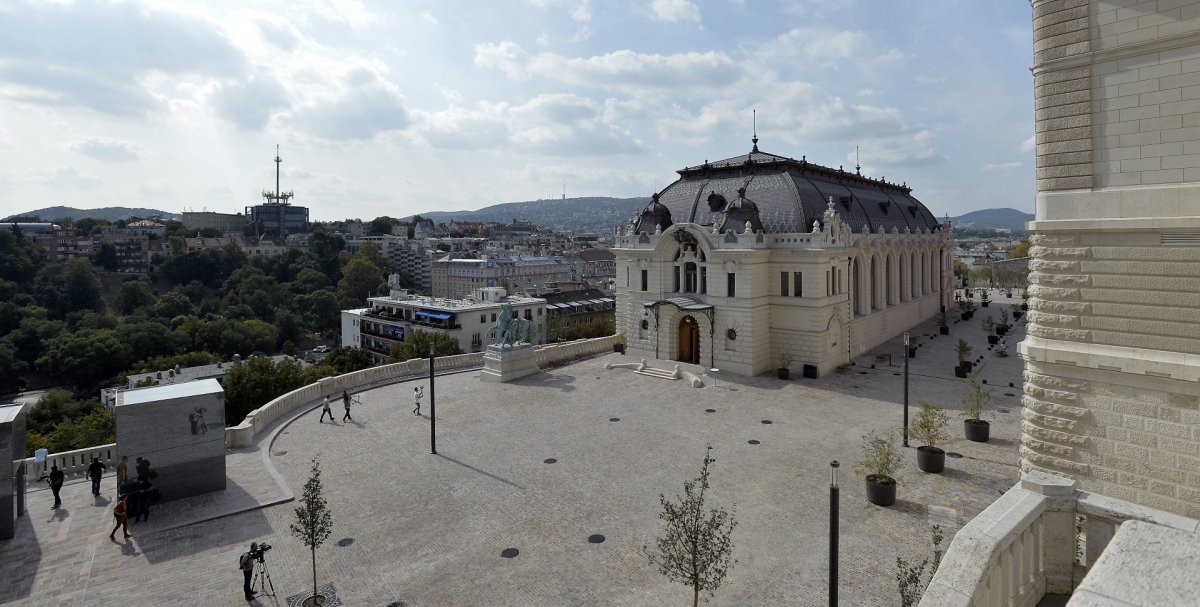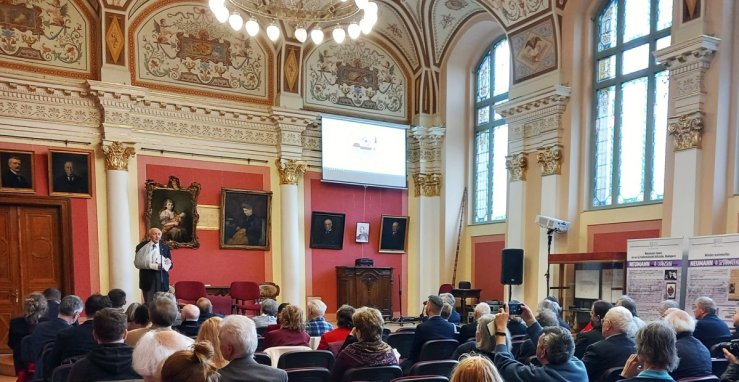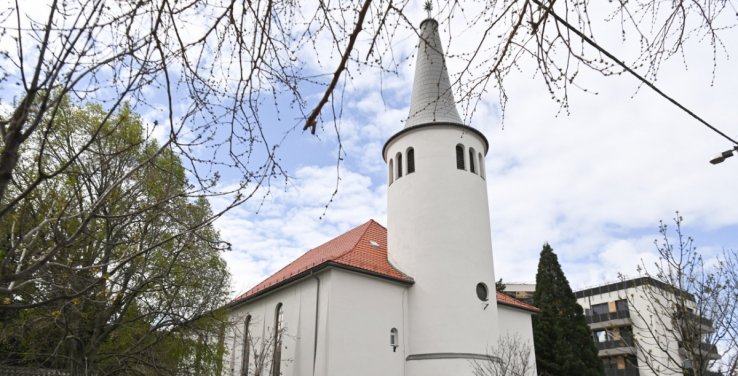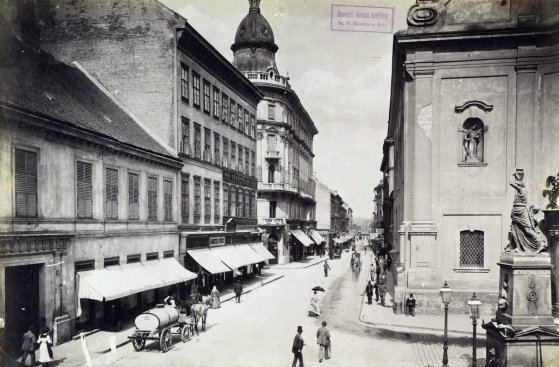The reconstruction of the Buda Castle Riding Hall, the Stöckl Staircase and most of the Chico Courtyard was completed ahead of schedule, and the firstMTI reports that the reconstruction of the majority of the building's main parts will be opened to the public on Saturday and Sunday, in the framework of the Cultural Heritage Days.
Just like the reconstruction of the St Stephen's Hall, which was inaugurated barely a month ago, the reconstruction of the Riding Hall and its surroundings proves that Hungarian fine and applied arts can restore the 2nd century BC. The Minister said at a press tour of the building on Tuesday.
.jpg) The reconstructed Riding Hall of the Buda Castle District on 14 September 2021 (Photo: MTI/Lajos Soós)
The reconstructed Riding Hall of the Buda Castle District on 14 September 2021 (Photo: MTI/Lajos Soós)
Gergely Gulyás added: here, too, a glorious work of art of the past has been restored, and before the deadline. As he stressed, the reconstruction of the Buda Castle and the I. district is part of the Hauszmann Programme, which spans governmental cycles and is intended to cover the entire country.s pride, while creating much-needed community spaces for the capital.
"With the exception of the restoration of the Carmelite monastery, the restoration seemed to be a matter above party political disputes, andand we are confident that the restoration of this historic space can continue to proceed smoothly," the minister said.
The Csikós courtyard will join the Budapest Wine Festival venues this September, and hopefully after that theand all Hungarians," said Gergely Gulyás.
.jpg) The Csikós Courtyard will be open to visitors this weekend (Photo: MTI/Lajos Soós)
The Csikós Courtyard will be open to visitors this weekend (Photo: MTI/Lajos Soós)
Gergely Fodor, the government commissioner responsible for government investments in the Buda Castle District, recalled that the project designed by Alajos Hauszmannand built by the best craftsmen of the time, the original Royal Riding Hall was the ornament of the Buda Castle Palace for almost half a century from 1902. The ravages of World War II did not spare the Riding Hall, but the building could have been saved, but the communist authorities decided to demolish it, he recalled.
.jpg) The inside of the Riding Hall is equipped with the most modern technical solutions (Photo: MTI/Lajos Soós)
The inside of the Riding Hall is equipped with the most modern technical solutions (Photo: MTI/Lajos Soós)
As he added, the authentic reconstruction faithfully followed the plans of the turn of the century, but inside the Riding Hall the most modern technical solutions were used.The building is the most modern and elegant event centre in Budapest. During the project, the immediate surroundings of the Riding Hall were also improved, with all elements of the entire areaand the completion of the Karakas Pasha Tower is scheduled for spring 2022, he said.
Gergely Fodor stressed that they have also taken care of barrier-free access: two high-capacity lifts take visitors from Palota út to Csikós-udvar, but the new lift has been rebuilt.One of the most beautiful historic staircases in the country, the Stöckl Staircase, which connects to the Hunyadi Courtyard, has also been rebuilt.
.jpg) The Stöckl staircase, which connects the Csikós courtyard with the Hunyadi courtyard, has been reconstructed (Photo: MTI/Lajos Soós)
The Stöckl staircase, which connects the Csikós courtyard with the Hunyadi courtyard, has been reconstructed (Photo: MTI/Lajos Soós)
"Our aim is to give the Palace Quarter in Buda Castle back to the people, to bring the district back into the urban fabric of Budapest," he said.
The Várkert Bazaar, the Carmelite Monastery, the Main Guard, the southern connecting wing of the palace and the St. Stephen's Hall in it are the newThe work is far from over with the rebuilding of the palace, the Riding Hall and the surrounding areas. Work has already begun on the reconstruction of the Archduke Joseph Palace and the former Red Cross headquarters, and next week will start on the restoration of the Palace of theThe reconstruction of the building of the General Headquarters will start this week, and in November the excavation of the Palace's A building will begin prior to the renovation, Gergely Fodor said.
The Stöckl Staircase, completed in 1896, and the former Royal Riding Hall, built between 1899 and 1902, are the turn-of-the-centuryIt was based on the plans of Alajos Hauszmann, who took over the design and management of the extension of the Royal Palace after the death of Miklós Ybl in 1891. Although the Riding Hall was damaged in the Second World War, it was demolished in the 1950s to rebuild the site. Its reconstruction was carried out under the National Hauszmann Plan (later Programme), and the foundation stone of the reconstructed building was laid in 2016.
Source: MTI, pestbuda.hu
Cover photo: the Riding Hall and the surrounding area of the Csikós Courtyard in Buda Castle (Photo: MTI/Lajos Soós)






































Hozzászólások
Log in or register to comment!
Login Registration